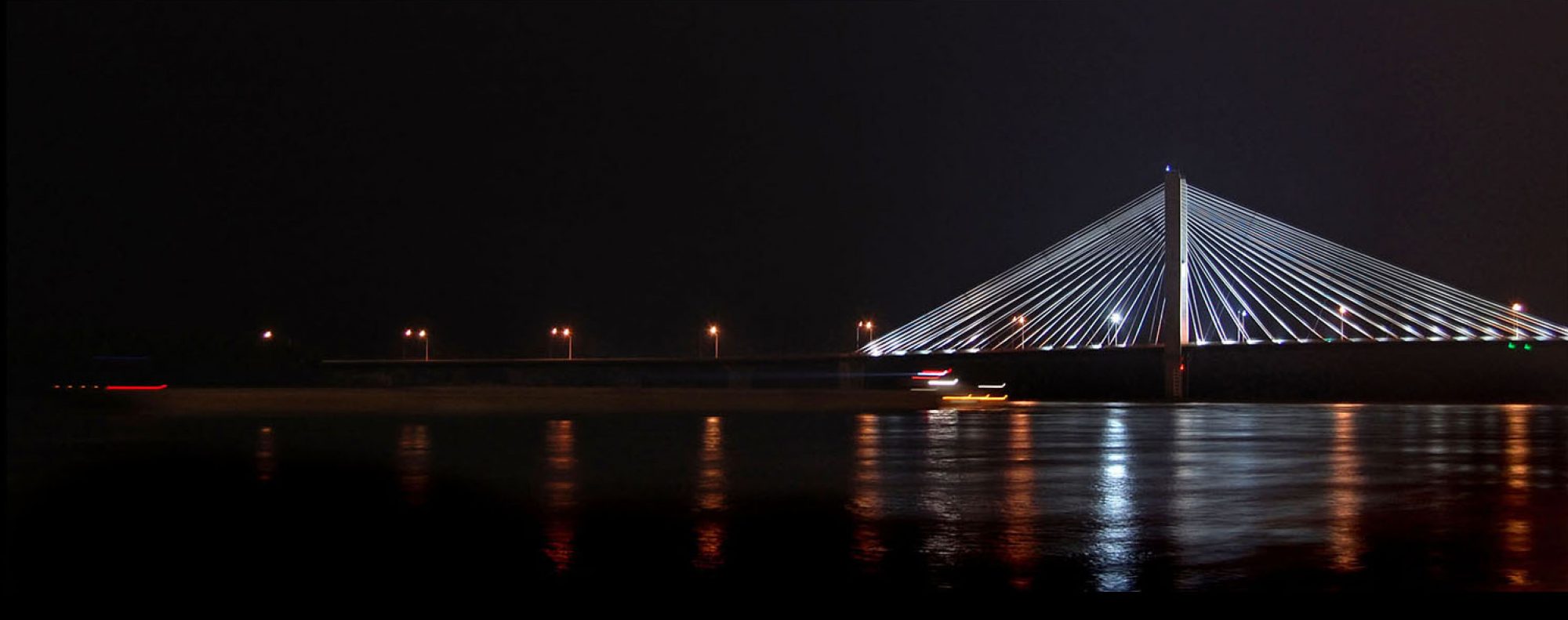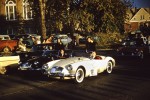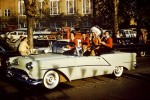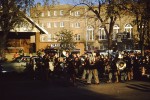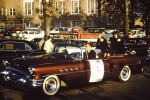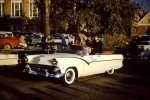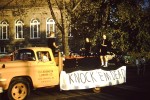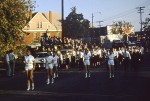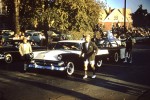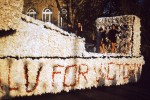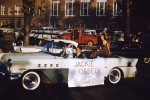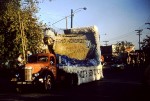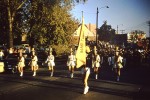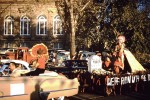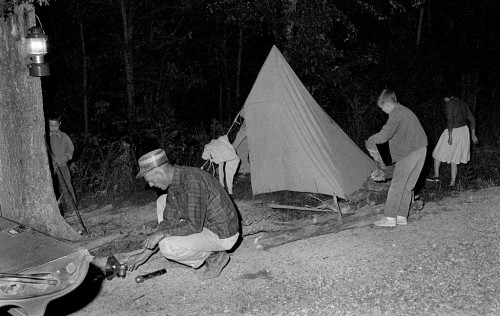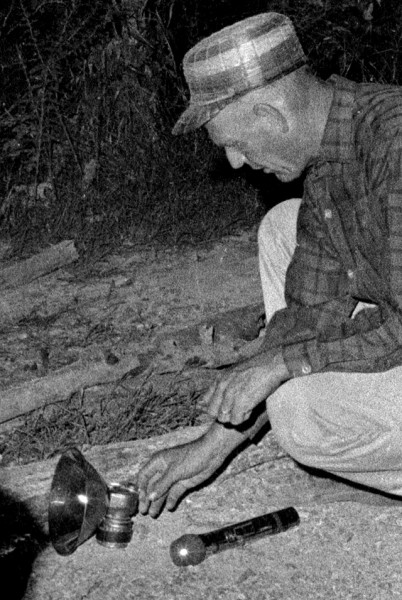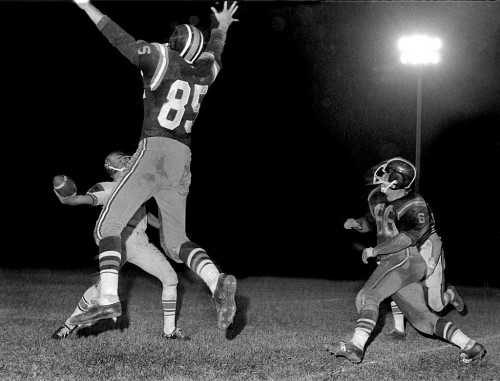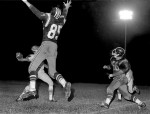 Riding partners Anne and Osa thought the night of the Super Moon would be a good time for me to take my first bike ride since my crash on February 19. We had planned it earlier, but weather hadn’t cooperated. We were going to watch the moonrise from the Lake Worth Beach, but there’s a tall drawbridge to go over, so they suggested we check out a new park with boardwalks going out into the Intracoastal Waterway north of the Lake Worth Bridge. I guess they didn’t want to risk having to tow me over the bridge if I hadn’t gotten my legs back. Click on any image to make it larger.
Riding partners Anne and Osa thought the night of the Super Moon would be a good time for me to take my first bike ride since my crash on February 19. We had planned it earlier, but weather hadn’t cooperated. We were going to watch the moonrise from the Lake Worth Beach, but there’s a tall drawbridge to go over, so they suggested we check out a new park with boardwalks going out into the Intracoastal Waterway north of the Lake Worth Bridge. I guess they didn’t want to risk having to tow me over the bridge if I hadn’t gotten my legs back. Click on any image to make it larger.
Boardwalk puts you out over water
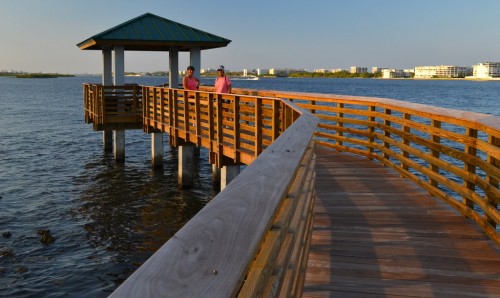 It’s a beautiful place to sit. The mangroves behind you muffle the city sounds. The breeze off the water was actually a little on the chilly side. We got there a little early, so my partners talked me into riding back into Lake Worth for a sinfully good ice cream cone.
It’s a beautiful place to sit. The mangroves behind you muffle the city sounds. The breeze off the water was actually a little on the chilly side. We got there a little early, so my partners talked me into riding back into Lake Worth for a sinfully good ice cream cone.
Traffic was pretty heavy and I heard a car with a bunch of guys in it hootin’ and hollerin’ in the next lane coming up behind me. This sounds like trouble, I thought. When they got closer, I could see if was a bunch of young Hispanic guys wishing everybody within earshot a happy Cinco de Mayo. Dial the Threat-o-Meter back to green again.
Super Moon over Lake Worth Beach
 We got back to the boardwalk from our ice cream run with a couple minutes to spare before Osa spotted the big orange ball coming out of the haze above Lake Worth Beach. It was huge, but indistinct until it got a little above the horizon. We’ll go a little photo geeky on the rest of the pix. If you don’t care for technical details, just skip over them like I do names in a Russian novel.
We got back to the boardwalk from our ice cream run with a couple minutes to spare before Osa spotted the big orange ball coming out of the haze above Lake Worth Beach. It was huge, but indistinct until it got a little above the horizon. We’ll go a little photo geeky on the rest of the pix. If you don’t care for technical details, just skip over them like I do names in a Russian novel.
Light turned blue

With the sun going down, the sky picked up a bluish cast. The exposure here is 1/30 of a second @ f/5.6. The camera boosted the ISO to 500 from my normal 200. I was underexposing the photo by as much as four stops to keep the moon from becoming a white blob. I was zoomed to the max at 55mm on my 18-55mm zoom lens. It would be nice to have a longer lens, but I like to travel light on the bike.
Boat adds movement
 Several boats went by, but this one showed up best. I zoomed out for a bit wider shot than the previous one. This was zoomed to 34mm. The exposure was 1/30 @ f/5.0 and the ISO was 400.
Several boats went by, but this one showed up best. I zoomed out for a bit wider shot than the previous one. This was zoomed to 34mm. The exposure was 1/30 @ f/5.0 and the ISO was 400.
I love digital photography for the ability to change the film “speed” with every shot. With film, you were committed to one type of film and speed for the whole roll. That’s one reason why I carried three cameras: each one might be loaded with a different type of film to cover every contingency.
Switched to video camera for big moon shot
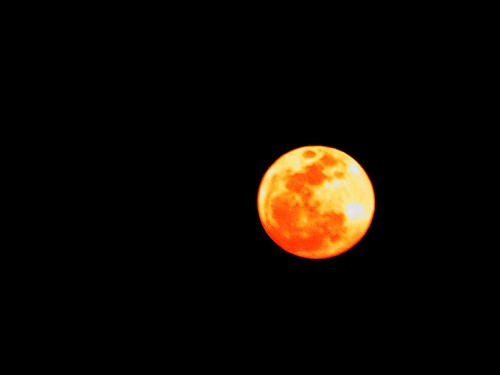 Since I didn’t have a longer lens for my Nikon D3100, I switched to my Canon FS100 video camera video camera in still mode for a tight shot of the Super Moon. I didn’t expect it to be tack-sharp because I was zoomed way in and using a 1/25 second shutter speed. I was braced against the boardwalk, but the water pounding the pilings caused some movement.
Since I didn’t have a longer lens for my Nikon D3100, I switched to my Canon FS100 video camera video camera in still mode for a tight shot of the Super Moon. I didn’t expect it to be tack-sharp because I was zoomed way in and using a 1/25 second shutter speed. I was braced against the boardwalk, but the water pounding the pilings caused some movement.
Street lights shift everything orange
 Just before we left, I started experimenting with other than moon photos. This shot of the Lake Worth draw bridge was taken when pretty much all of the light was gone from the sky except for the moon. The camera bumped the ISO up to 3200 and dropped the shutter speed down to half a second @f/5.6.
Just before we left, I started experimenting with other than moon photos. This shot of the Lake Worth draw bridge was taken when pretty much all of the light was gone from the sky except for the moon. The camera bumped the ISO up to 3200 and dropped the shutter speed down to half a second @f/5.6.
Here’s what the big bridge looks like in the daylight, plus a little history of the original bridge built in 1919.
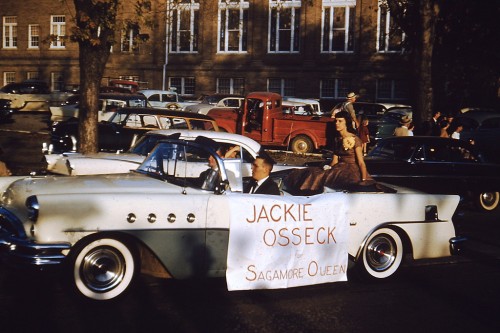 I’m dipping into Steve McKeown’s stash of photos taken by his dad, James D. McKeown III, to show the 1956 Southeast Missouri State College (now University) Homecoming parade headed down Broadway between Pacific and North West End Blvd.
I’m dipping into Steve McKeown’s stash of photos taken by his dad, James D. McKeown III, to show the 1956 Southeast Missouri State College (now University) Homecoming parade headed down Broadway between Pacific and North West End Blvd.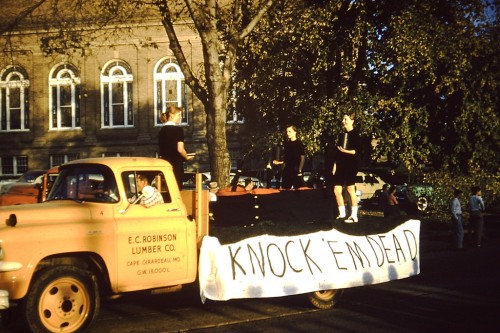 I see trucks from E.C. Robinson Lumber Co. and Wiethrop Trucking.
I see trucks from E.C. Robinson Lumber Co. and Wiethrop Trucking.